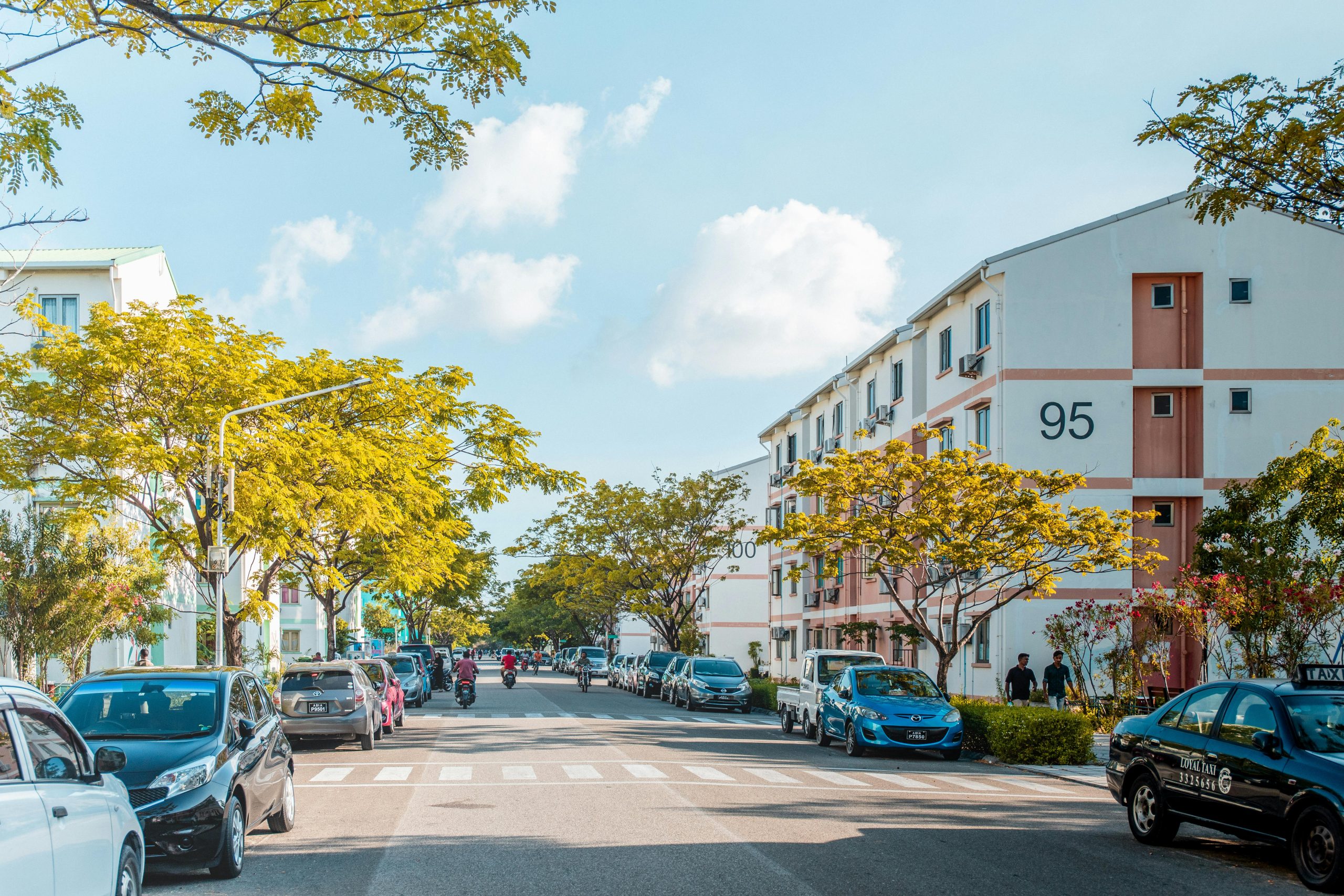Enhancing Pedestrian Safety at Globe Road and Mile End Road: A Call for Change
Introduction
Urban accessibility and pedestrian safety are critical issues in our city streets, especially at busy intersections where vehicle flow often takes precedence over foot traffic. One such location that has raised concerns is the intersection of Globe Road and Mile End Road near Stepney Green station in Tower Hamlets. Despite being a heavily used pedestrian route, current traffic management practices and infrastructure fall short of providing safe and convenient crossing options for pedestrians.
Background and Past Efforts
In 2014, I personally reached out to Tower Hamlets Council to advocate for a dedicated pedestrian crossing at Globe Road (B120), adjacent to Stepney Green station. The response was disappointing, as no action was taken. At the time, pedestrians had to wait for a lull in traffic or rely on the passing buses on Mile End Road (A11) to create a brief opportunity to cross, which is not ideal or safe.
Traffic Flow Complexities
The area experiences three distinct traffic flows:
- One flow exiting Globe Road, turning left onto Mile End Road.
- Two inbound flows into Globe Road:
- Vehicles from Mile End Road (heading towards Bow) turning left into Globe Road.
- Vehicles from White Horse Lane onto Mile End Road, turning right into Globe Road.
Although traffic lights control Mile End Road itself, there is no moment when all three flows are halted simultaneously. This means pedestrians rarely, if ever, get a clear window to cross safely, creating a chaotic and potentially dangerous situation.
Impact on Pedestrians
While traffic accidents between vehicles and pedestrians here are reportedly infrequent, the near-misses and uncomfortable encounters are common. Pedestrians, often cautious, may still attempt to cross with limited safe opportunities, which is especially concerning for vulnerable groups such as the elderly, individuals with mobility impairments, or those who are visually impaired. Walking further down Globe Road to more protected crossing points is an option but does not address the core issue at this key junction.
Community Engagement and Ongoing Efforts
Since raising concerns in 2014, I’ve continued advocacy through responses to local consultations, including a 2019 submission outlining the ongoing safety issues. Despite petitions (notably in 2018) and reports to Transport for London (TfL) as recent as September 2024, tangible improvements have yet to materialize.
Current Challenges and Considerations
TfL’s management of the area is complicated by its status as a Red Route


Understanding the Broader Context of Pedestrian Safety in Tower Hamlets
As a resident of London and someone who regularly navigates this vibrant part of the city, I fully appreciate the complexities involved in managing busy intersections like Globe Road and Mile End Road. The concerns raised about pedestrian safety are valid and highlight a systemic issue that many urban areas face — balancing efficient vehicle traffic flow with accessible and safe pedestrian crossings.
While it’s true that traffic flow on Mile End Road is heavily prioritized, I believe there are a few practical measures that could significantly improve pedestrian safety without disrupting traffic management:
Furthermore, community input plays a crucial role in designing effective solutions. Continued advocacy, combined with data collection on pedestrian movement and near-misses, can help make a compelling case for investment in safer infrastructure.
Given that Globe Road and
Mitigating Pedestrian Risks at busy intersections like Globe Road and Mile End Road
As a long-term resident of London with frequent journeys through the Tower Hamlets area, I strongly believe that prioritizing pedestrian safety should be a top urban planning goal. The current traffic signals and infrastructure clearly do not cater sufficiently to pedestrians, especially considering the high foot traffic around Stepney Green station.
From my perspective, a multifaceted approach could significantly improve safety and accessibility at this junction. Some suggestions include:
Additionally, given the complexity of traffic flows and the effects of London’s Red Routes, working closely with TfL to devise sustainable, short-term solutions like temporary pedestrian refuges could be a productive step while more permanent infrastructure is planned and installed.